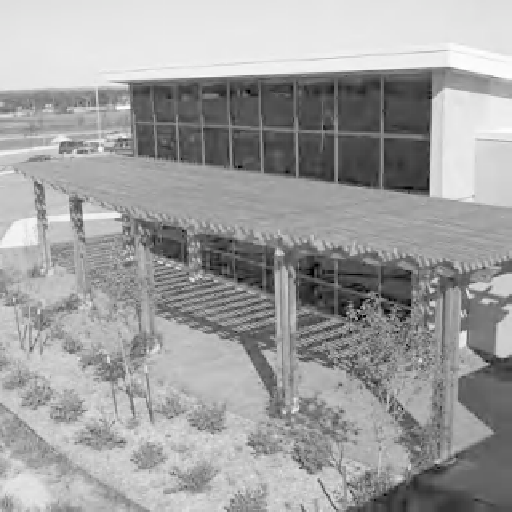Environmental Engineering Reference
In-Depth Information
Picture 5.1
Kettle Foods LEED
®
gold-certified food manufacturing plant in Beloit, Wisconsin. This efficient
facility saves 20 percent of energy consumption and reuses 13,000 m
3
(3.4 million gallons) of water per year.
Courtesy Kettle Foods.
1. Methane gas has a 100-year global warming potential of 310 in relationship to carbon
dioxide. Therefore, its capture from landfills and use as a fuel significantly reduces the
greenhouse effect of this gas that is otherwise vented into the atmosphere.
2.
The most common forestry projects are the preservation of forests by purchase of forest
land or the reforestation of areas that have been depleted.
3.
Man-made gases such as hydrofluorocarbons have global warming potentials thousand of
times higher than carbon dioxide. Some projects consist of capturing and destroying these
gases instead of letting them be released into the atmosphere.
Caution should be exercised when buying carbon certificates though. Because this market
is still unregulated, there are many cases of bogus projects that do not produce an authentic
reduction of emissions. An example is the case of landfill gas capture. Several companies that
have for decades been capturing methane from landfills more recently started selling carbon
offsets certificates “to profit from methane they were capturing anyway” in a typical case of
double dipping (Ball, 2008). Purchase of carbon offsets should not be used as a quick fix to
make sustainability claims or as a license to pollute. For the most part, offsets need to be used
as a way to mitigate unavoidable emissions.
IMPROVING EFFICIENCY
Becoming free of nonrenewable energy and materials and thus improving the chances of
long-term sustainability is not easy. However, this fact should not be a restriction to anyone
who wants to start climbing the sustainability staircase by taking the first step: improving
efficiency.





